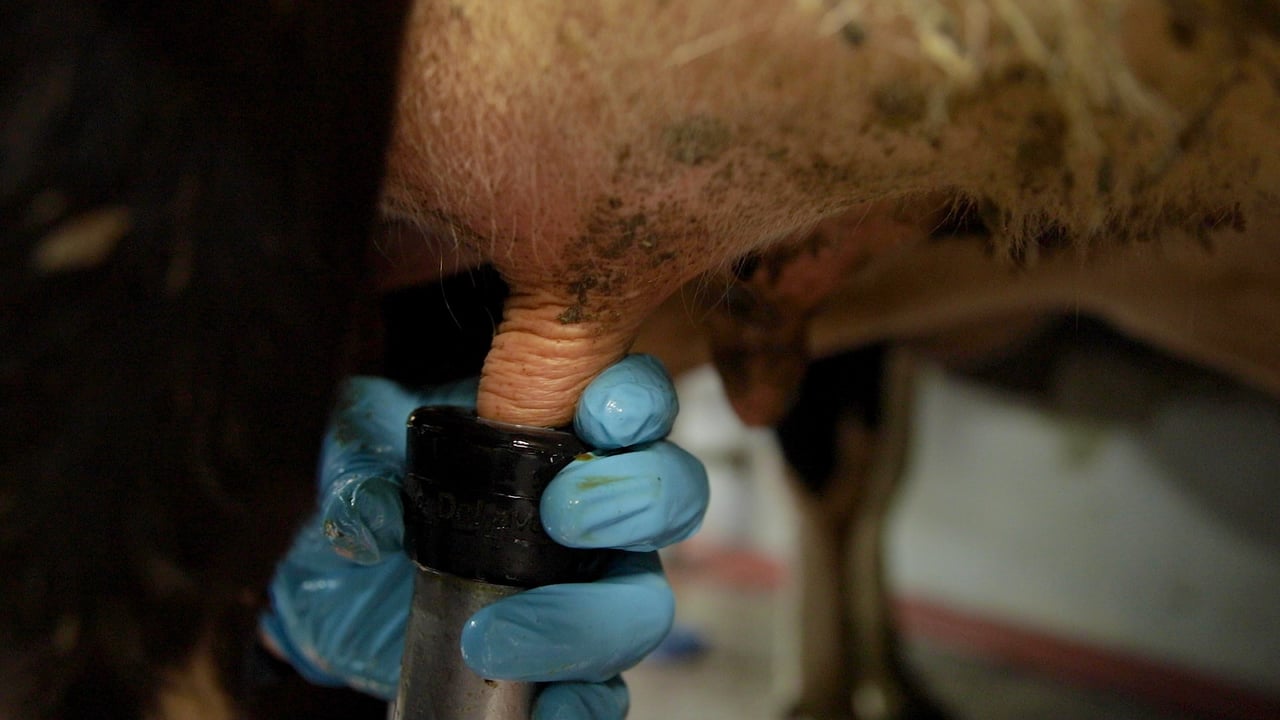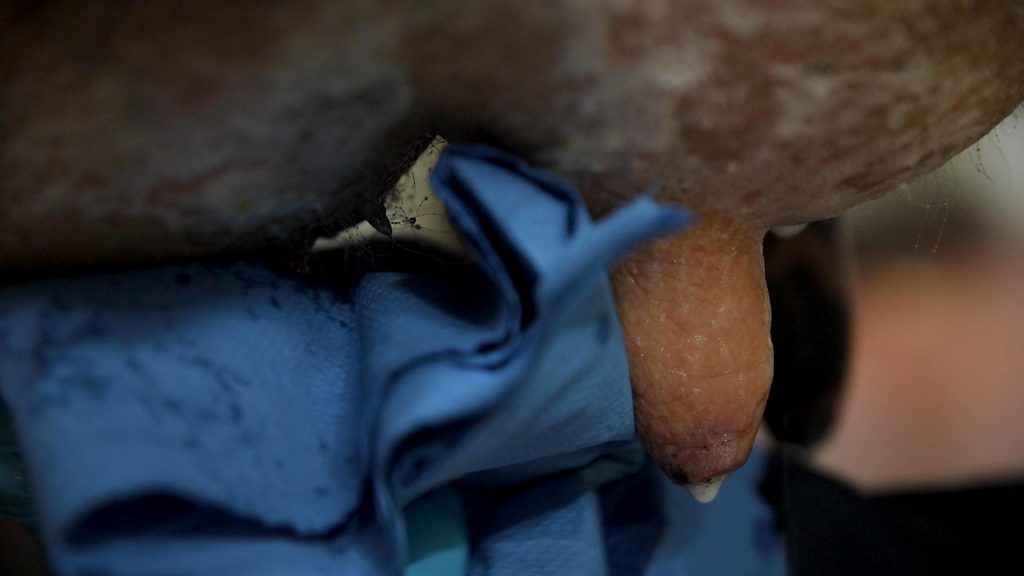Preventing mastitis in early lactation
Mastitis is the most economically challenging disease on a dairy farm, it causes the swelling of the cow’s udder tissue and mammary glands. Freshly-calved cows and heifers are the most susceptible to mastitis, due to a weakened immune system after calving.
The two bacteria most commonly causing mastitis are Eacherichia coli (E. coli) and Strep uberis.
Of the two bacteria, Strep uberis is the one that spreads more easily during milking, while E. coli is the one that is most commonly associated with severe toxic mastitis. However, some strains of E. coli can also be spread very well during milking and the majority of mastitis caused by E. coli is mild in nature.
Key points to consider when reducing mastitis
Environmental
A clean environment will optimise the prevention of environmental mastitis pathogens. Ensure that the cubicles are comfortable for the cows and they are not defaecating on them.
In the milking parlour itself, good routines can reduce the incidence of infection. Avoid causing stress to the cows during milking and check for any possible stray electricity.
Nutrition
Adding the suggested amount and type of minerals and vitamins to your cow’s feed can help boost their immune system and help their body fight off the mastitis pathogens. Proper amounts of energy and protein are also needed for a strong immune system.
Metabolic disorders
Ketosis arises when the cow goes into a negative energy balance; the cow is not consuming enough feed to meet her needs. It is critical to keep your fresh cows eating during this time. However, it is also very critical not to overfeed energy to dry cows.






